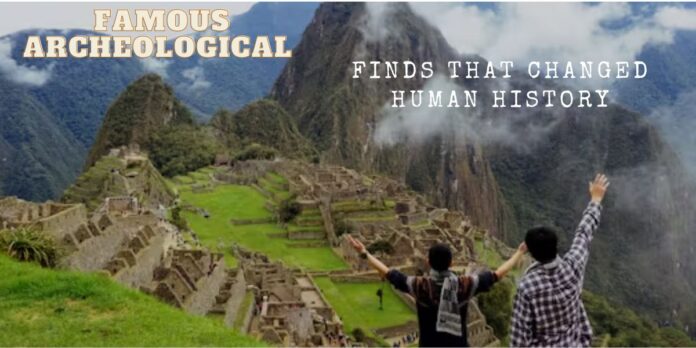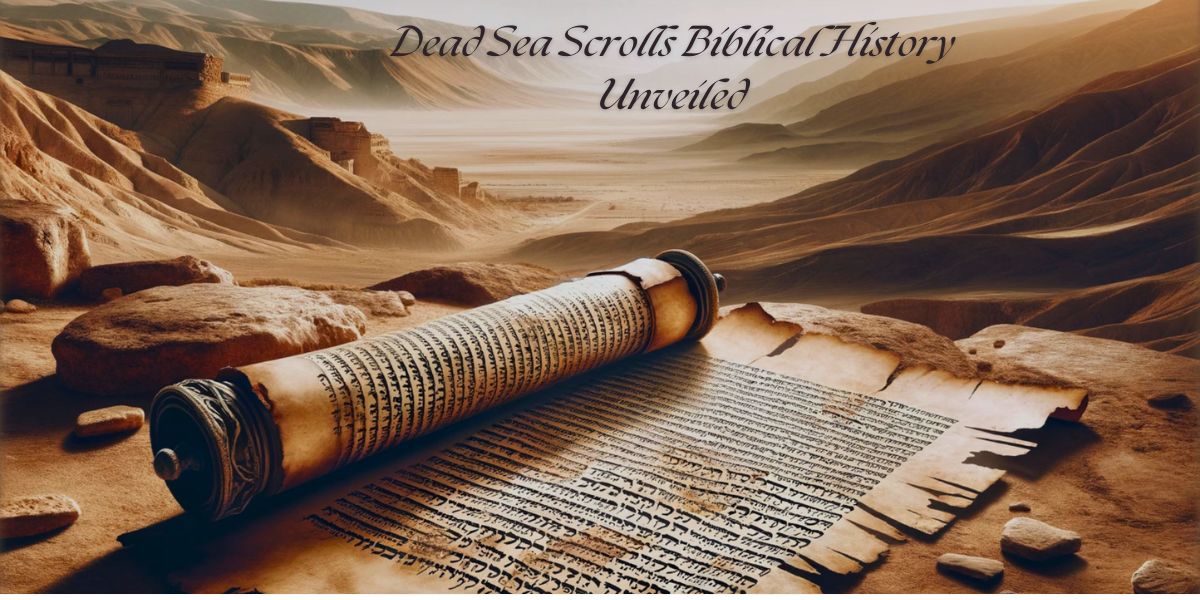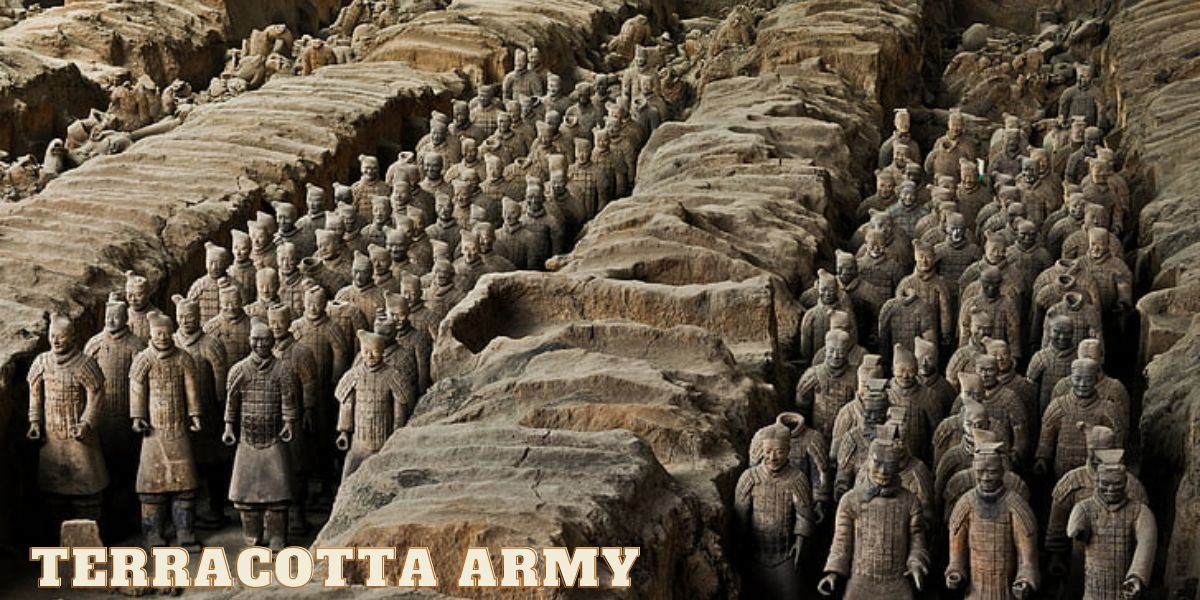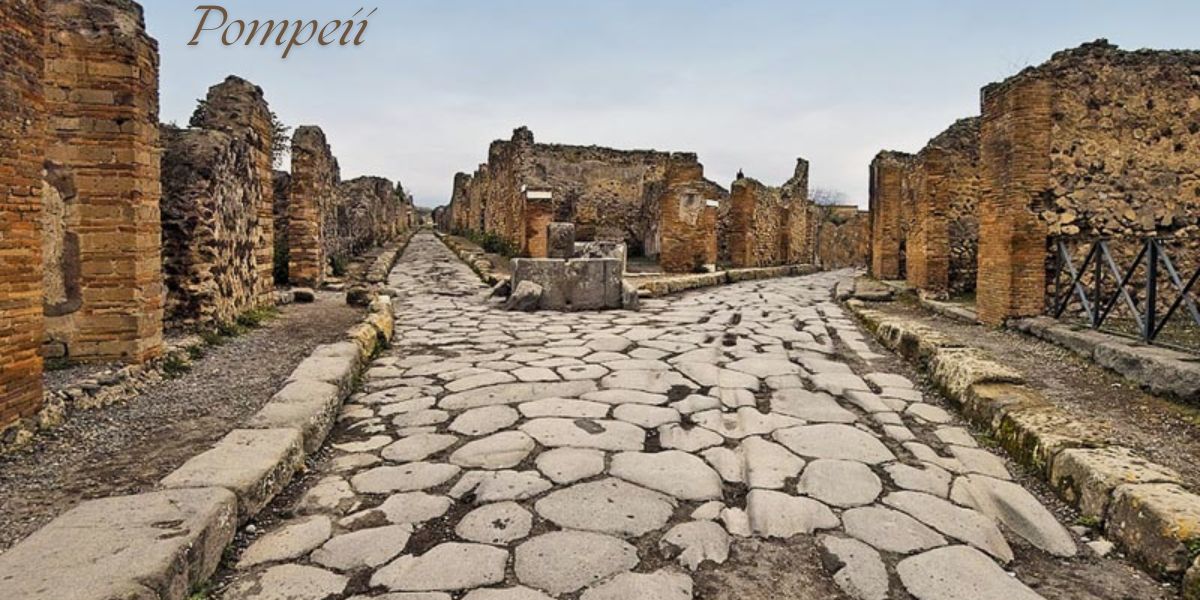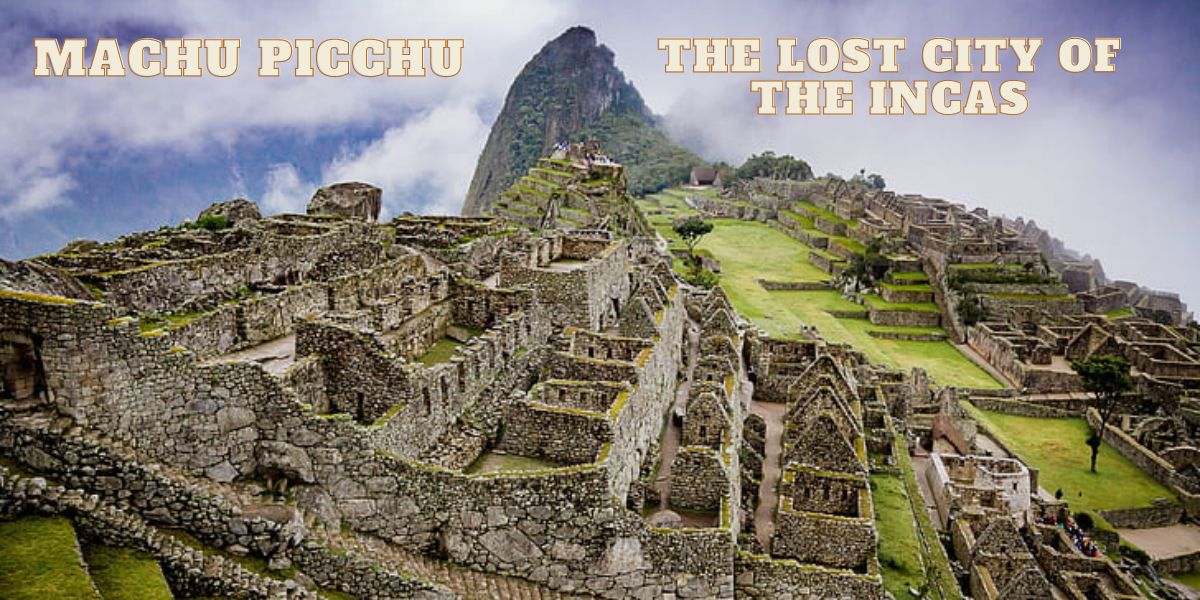Archaeology offers a window into the distant past, providing invaluable insights into ancient cultures, practices, and human evolution. Some archaeological finds have profoundly altered the course of history, expanding our understanding of civilizations, innovations, and even our origins. This article explores the famous archeological finds that changed human history, shedding light on their lasting significance.
The Rosetta Stone : Unlocking Ancient Languages
One of the most famous archeological finds that changed human history is the Rosetta Stone. Discovered by French soldiers in 1799 near the town of Rosetta in Egypt. This stone contained inscriptions in three scripts: Greek, Demotic, and Hieroglyphics.
- The Rosetta Stone was pivotal in deciphering ancient Egyptian hieroglyphs.
- It allowed scholars to unlock vast amounts of knowledge about ancient Egyptian culture, religion, and governance.
- This find revolutionized the study of ancient languages and historical texts.
King Tutankhamun’s Tomb: A Glimpse into Royal Life
Another famous archeological find that changed human history is the discovery of King Tutankhamun’s tomb in 1922 by British archaeologist Howard Carter. This tomb, located in Egypt’s Valley of the Kings, is renowned for its intact treasures and the mummified remains of the young pharaoh.
- The tomb’s preservation provided a wealth of artifacts and insight into ancient Egyptian burial practices.
- The discovery sparked a worldwide fascination with Egyptology, influencing everything from fashion to art in the 1920s.
- King Tut’s tomb shed light on the lives of Egyptian royalty and their beliefs about the afterlife.
The opulence and significance of the artifacts found within King Tut’s tomb offer one of the best-preserved examples of ancient Egyptian life, helping historians understand a pivotal era in Egyptian history.
The Dead Sea Scrolls: Biblical History Unveiled
Discovered in the caves near the Dead Sea between 1946 and 1956, the Dead Sea Scrolls are among the famous archeological finds that changed human history. These ancient Jewish texts, dating back over 2,000 years, include some of the oldest copies of biblical manuscripts.
- The scrolls provide key historical context for the development of early Judaism and Christianity.
- They contain previously unknown versions of biblical stories, enriching our understanding of religious texts.
- The scrolls also offer insights into the beliefs, practices, and daily life of the ancient Jewish communities.
The discovery of the Dead Sea Scrolls significantly impacted religious and historical scholarship, helping scholars better understand the foundations of modern religious traditions.
The Terracotta Army: A Monument to China’s First Emperor
In 1974, Chinese farmers stumbled upon the burial site of Qin Shi Huang, China’s first emperor, and his vast Terracotta Army. This famous archeological find that changed human history consists of thousands of life-sized clay soldiers meant to protect the emperor in the afterlife.
- The Terracotta Army is an extraordinary example of ancient Chinese artistry and craftsmanship.
- It offers insight into the military structure and imperial power of ancient China.
- The sheer scale of the discovery reflects the monumental ambitions of China’s first emperor.
The discovery has provided a better understanding of ancient Chinese funeral practices and their views on the afterlife, significantly enhancing our knowledge of one of the world’s oldest continuous civilizations.
Pompeii: A Snapshot of Roman Life
The ancient Roman city of Pompeii, buried under volcanic ash following the eruption of Mount Vesuvius in 79 AD, is another famous archeological find that changed human history. Rediscovered in the 18th century, Pompeii provides a well-preserved snapshot of life in ancient Rome.
- Pompeii’s preserved streets, buildings, and artifacts offer a rare look at Roman daily life.
- The site gives historians detailed insights into Roman architecture, cuisine, and social structures.
- It also offers vital information on Roman art, with vibrant frescoes and mosaics still intact.
This discovery allows modern archaeologists and historians to study a city frozen in time, offering unparalleled insights into the everyday lives of Romans nearly 2,000 years ago.
Ötzi the Iceman: A Window into Prehistoric Europe
In 1991, hikers in the Ötztal Alps discovered a mummified body that turned out to be over 5,000 years old, known as Ötzi the Iceman. This find is one of the famous archeological finds that changed human history, offering rare insight into prehistoric European life.
- Ötzi is one of the most well-preserved natural mummies from the Copper Age.
- His clothing, tools, and body provide a glimpse into the lifestyle, diet, and technology of ancient Europeans.
- The study of Ötzi has revealed much about prehistoric medical practices, including early forms of acupuncture and surgery.
Ötzi’s discovery has contributed immensely to our understanding of early human societies in Europe, shedding light on their survival techniques and social structures.
The Lascaux Cave Paintings: Early Human Creativity
Discovered in 1940 in southwestern France, the Lascaux Caves contain some of the most stunning examples of prehistoric art, dating back over 17,000 years. These cave paintings are another famous archeological find that changed human history.
- The paintings depict animals, human figures, and abstract signs, showing early human artistic expression.
- They reveal early human interactions with their environment and possible religious or spiritual beliefs.
- The sophisticated techniques used in the paintings demonstrate advanced cognitive abilities in early humans.
The Lascaux Cave paintings provide a crucial glimpse into the minds of early humans, helping historians and anthropologists understand the evolution of creativity and symbolic thought.
Machu Picchu: The Lost City of the Incas
Discovered in 1911 by American explorer Hiram Bingham, Machu Picchu is an Incan city perched high in the Andes Mountains. It remains one of the most iconic famous archeological finds that changed human history.
- Machu Picchu offers significant insight into Incan engineering and architectural prowess.
- The city provides clues to Incan religious practices, agriculture, and daily life.
- It has become a symbol of Incan civilization’s sophistication and connection to the natural world.
Machu Picchu’s rediscovery helped rewrite the history of South America, revealing the complexity and achievement of the Incan Empire before European colonization.
Conclusion
The famous archeological finds that changed human history have offered unprecedented insights into the lives of ancient civilizations. From the Rosetta Stone’s linguistic breakthroughs to Machu Picchu’s architectural marvels. These discoveries have deepened our understanding of human culture, innovation, and history. Each find opens a new chapter in our ongoing quest to uncover the secrets of the past, reminding us of the interconnectedness of ancient and modern worlds.

